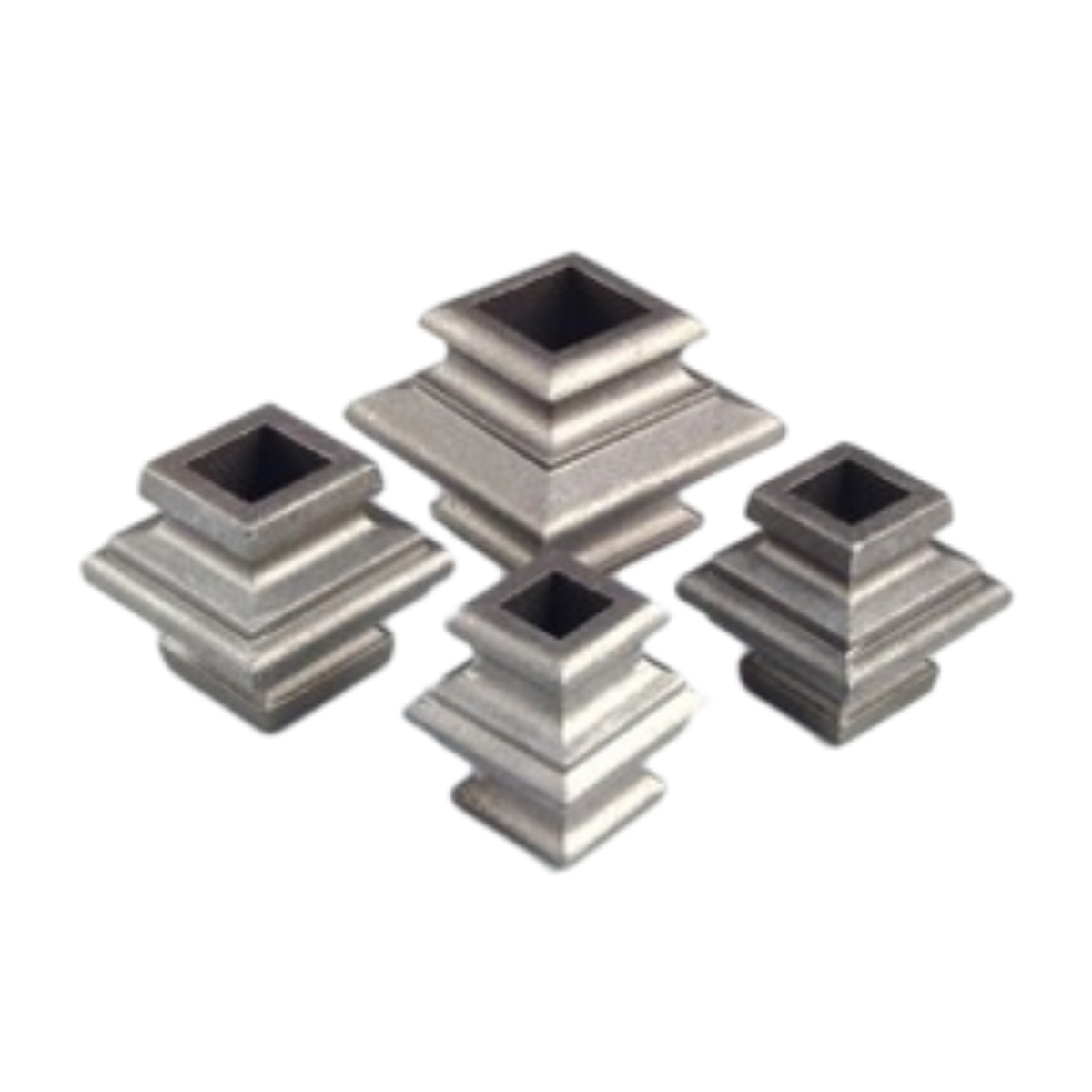Exploring the Dynamics of Sliding Wheel Channels and Their Impact on Mechanical Systems
The Sliding Wheel Channel A Revolutionary Approach to Motion Control
In the realm of mechanical engineering and automation, the quest for efficient motion control has led to the development of innovative systems that enhance accuracy and ease of use. One such groundbreaking innovation is the Sliding Wheel Channel, a mechanism designed to optimize the movement of objects along a predetermined path. This article explores the principles behind the Sliding Wheel Channel, its applications, and the challenges it addresses.
Understanding the Sliding Wheel Channel
The Sliding Wheel Channel fundamentally involves the integration of wheels or rollers that glide along a channel, allowing for smooth and controlled movement. This design seeks to minimize friction and maximize efficiency, providing a stable and reliable means of transportation for various objects, from industrial materials to personal goods. The channel's geometry is critical as it dictates the path and behavior of the sliding wheels. Typically, the channel is designed to accommodate various wheel sizes, making it a versatile solution for different applications.
Key Advantages
1. Reduced Friction and Wear One of the most significant benefits of the Sliding Wheel Channel is its ability to reduce friction. Traditional conveying systems often suffer from excessive wear and tear, leading to increased maintenance costs. By utilizing wheels that slide along a meticulously designed channel, the Sliding Wheel Channel allows for smoother operations, thus extending the lifespan of the components involved.
2. Enhanced Stability The design of the Sliding Wheel Channel provides enhanced stability for the objects in motion. When wheels are constrained within a channel, the risk of tipping or falling is minimized, making it an ideal solution for transporting valuable or fragile items.
3. Flexible Design The adaptability of the Sliding Wheel Channel is another advantage worth noting. It can be configured in various shapes and sizes to fit specific applications, whether in warehouses, assembly lines, or even in automated guided vehicles (AGVs). This flexibility ensures that the system can be tailored to meet the unique needs of different industries.
4. Energy Efficiency In an age where sustainability is paramount, the Sliding Wheel Channel can significantly contribute to energy efficiency. Because the system is designed for smooth operation with minimal friction, it consumes less energy compared to conventional moving systems, aligning with the global push towards greener technologies.
sliding wheel channel

Applications in Industry
The Sliding Wheel Channel finds applications across various sectors, including manufacturing, logistics, and robotics. In manufacturing, it is increasingly being used to create efficient assembly lines where components can be seamlessly transported without disrupting the workflow. In logistics, the system offers a robust solution for moving products through warehouses, ensuring timely and accurate deliveries.
In the realm of robotics, Sliding Wheel Channels can enable more precise movement for robotic arms or automated vehicles. By providing a stable path, these wheels allow robots to execute complex tasks with greater accuracy and repeatability.
Challenges and Future Prospects
While the Sliding Wheel Channel presents numerous advantages, it is not without challenges. Designing a channel that balances wear resistance with overall movement efficiency requires meticulous engineering. Additionally, maintaining the cleanliness and integrity of the channel to prevent debris buildup is crucial for optimal performance.
Looking ahead, the future of the Sliding Wheel Channel is promising. As technology advances, smart materials and sensors can be integrated into the system, allowing for real-time monitoring and adjustments. This could further enhance the performance of the Sliding Wheel Channel, making it an even more indispensable tool in modern engineering.
Conclusion
The Sliding Wheel Channel represents a significant innovation in the field of motion control. By offering reduced friction, enhanced stability, and flexible design, it addresses many challenges faced by traditional systems. Its applications across various industries underscore its versatility, while future developments may elevate its capabilities even further. As we continue to seek out efficient solutions for movement, the Sliding Wheel Channel stands out as a prime example of engineering ingenuity in motion.
-
Wrought Iron Components: Timeless Elegance and Structural StrengthNewsJul.28,2025
-
Window Hardware Essentials: Rollers, Handles, and Locking SolutionsNewsJul.28,2025
-
Small Agricultural Processing Machines: Corn Threshers, Cassava Chippers, Grain Peelers & Chaff CuttersNewsJul.28,2025
-
Sliding Rollers: Smooth, Silent, and Built to LastNewsJul.28,2025
-
Cast Iron Stoves: Timeless Heating with Modern EfficiencyNewsJul.28,2025
-
Cast Iron Pipe and Fitting: Durable, Fire-Resistant Solutions for Plumbing and DrainageNewsJul.28,2025
-
 Wrought Iron Components: Timeless Elegance and Structural StrengthJul-28-2025Wrought Iron Components: Timeless Elegance and Structural Strength
Wrought Iron Components: Timeless Elegance and Structural StrengthJul-28-2025Wrought Iron Components: Timeless Elegance and Structural Strength -
 Window Hardware Essentials: Rollers, Handles, and Locking SolutionsJul-28-2025Window Hardware Essentials: Rollers, Handles, and Locking Solutions
Window Hardware Essentials: Rollers, Handles, and Locking SolutionsJul-28-2025Window Hardware Essentials: Rollers, Handles, and Locking Solutions -
 Small Agricultural Processing Machines: Corn Threshers, Cassava Chippers, Grain Peelers & Chaff CuttersJul-28-2025Small Agricultural Processing Machines: Corn Threshers, Cassava Chippers, Grain Peelers & Chaff Cutters
Small Agricultural Processing Machines: Corn Threshers, Cassava Chippers, Grain Peelers & Chaff CuttersJul-28-2025Small Agricultural Processing Machines: Corn Threshers, Cassava Chippers, Grain Peelers & Chaff Cutters












